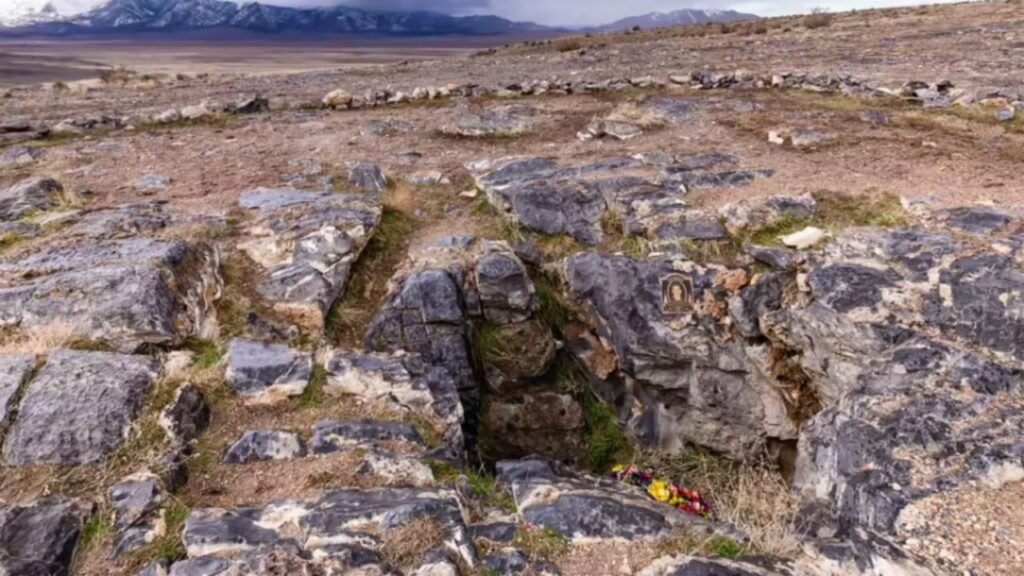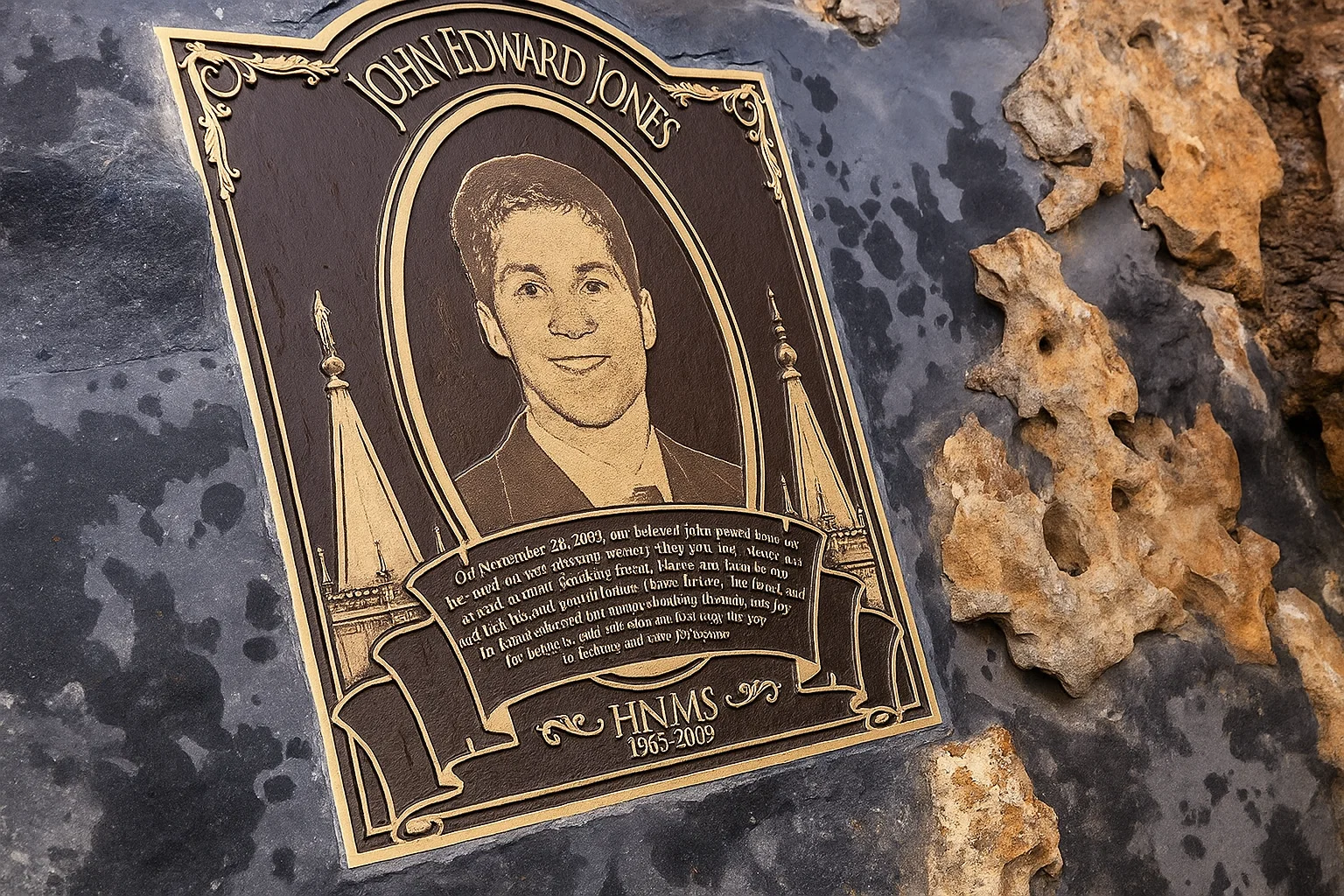Introduction
On November 24, 2009, a man named John Edward Jones got stuck in Nutty Putty Cave, a famous cave system in Utah, USA. He was trapped for over 27 hours before rescue efforts failed. Sadly, he died in the cave.
This story became one of the most heartbreaking cave incidents in the world. John was a young father, a medical student, and an experienced explorer. But one wrong turn in a narrow tunnel turned into a life-and-death situation that no one could stop.
Let’s look at what happened, how people tried to save him, and why this story continues to touch so many hearts.
Who Was John Edward Jones?
John Edward Jones was 26 years old, married, and had a 1-year-old daughter. His wife was also pregnant with their second child. John was studying to become a doctor, and he was known to be kind, smart, and full of life. He grew up in Utah, where he often went on cave adventures with his family.
Even though he had not gone caving in many years, he decided to go again with his family during the Thanksgiving holiday in 2009. He wanted to relive good memories and have fun with his younger brother Josh.
What Is Nutty Putty Cave?
Nutty Putty Cave is a small and very narrow cave near Salt Lake City, Utah. It is known for its tight, twisting passageways, and it can be dangerous for people who are not careful. In fact, the cave had been closed before because some people had gotten stuck earlier too — but they were all rescued.
It was reopened in May 2009, just months before John went there. Many people loved it because it was a natural challenge — like a puzzle made of rocks and darkness.
But in this cave, one small mistake can be deadly.

The Day of the Accident: 24 November 2009
John, his brother Josh, and a group of friends and family went into the cave around 8:00 PM. It started out as a fun trip. They explored several parts of the cave, laughing and crawling through tunnels.
John decided to explore a tight area that he mistook for a part of the cave called “The Birth Canal” — a known narrow passage. But what he actually entered was an even tighter, uncharted tunnel that sloped downward.
As he moved deeper into the narrow space, he realized it was too small to continue. He tried to back out, but it was too late. His body was stuck, headfirst, in a downward position. His arms were pinned, and his body was bent at a sharp angle. He couldn’t move forward or backward.
Trapped Underground
The moment John got stuck, his brother Josh tried to help him, but it was impossible to pull him out. The tunnel was only about 10 inches wide — barely enough for a person to squeeze through.
They called 911, and rescue teams arrived within a few hours. But getting help was not easy. The cave entrance was narrow, and rescue workers had to crawl hundreds of feet to reach John. Once they got there, they realized they had a very difficult situation.
John was stuck upside down — a very dangerous position for the human body. When you hang upside down for too long, blood rushes to your head, and your organs start to fail. Time was running out.
27 Hours of Rescue Attempts
For 27 long hours, rescue teams worked non-stop. More than 130 people were involved, including expert cave rescuers, doctors, paramedics, and volunteers. They brought ropes, pulleys, drills, and machines. They even set up a two-way radio to talk to John and keep him calm.
John stayed strong. He talked to the rescue team, told jokes, and even prayed with them. He told them about his wife and kids. He hoped he could make it out alive and return to them.
At one point, the rescuers managed to pull him out slightly, using a pulley system attached to the cave walls. It gave everyone hope. But suddenly, one of the ropes snapped, and John slid back deeper into the hole — even worse than before.
The pressure on his body increased. He was in pain, and his breathing became difficult.
The Final Hours
As time passed, John’s condition grew worse. Being stuck upside down for hours caused heart problems, breathing issues, and internal damage. The rescue teams did everything they could, but the cave’s shape and John’s position made every effort extremely hard.
Finally, after 27 hours, John stopped responding. The medical team confirmed that he had died from cardiac arrest caused by his position and the pressure on his body.
It was a devastating moment for everyone — his family, the rescuers, and the entire community.
Why Couldn’t They Get Him Out?
After John’s death, experts said that physics and nature made the rescue almost impossible. The cave was too narrow to bring in machines, and the rock around John’s body was too dangerous to break without causing a collapse.
They even considered digging a new tunnel from above, but it would have taken days — time John didn’t have.
It was one of those moments where human strength, intelligence, and kindness weren’t enough to fight against nature’s limits.
After the Tragedy
The event shook the entire country. People were heartbroken. News channels shared John’s story, and people sent prayers and messages to his family.
The authorities made a tough decision: they closed Nutty Putty Cave permanently. Since it was too dangerous to remove John’s body without risking more lives, they sealed the cave with concrete and left him there — buried where he died.
A plaque was placed near the cave in memory of John Edward Jones — a brave, loving husband, father, and explorer who died doing something he loved.
What We Learn From This
Even experienced people can make mistakes. Caving is fun, but it is risky, and nature doesn’t forgive easily.
Time and positioning matter in rescues. Being upside down for too long can be fatal, no matter how healthy a person is.
Teamwork and love are powerful. The way the rescue team tried their best — and how John stayed strong for his family — is something we can never forget.
Some places are not meant to be explored. After this event, many cave systems changed their rules and safety standards.
Conclusion
The story of John Edward Jones and Nutty Putty Cave is one of the most tragic but memorable incidents in modern cave exploration history. It reminds us how fragile life is, how quickly fun can turn into fear, and how love and hope stay strong even in the darkest places.
John’s courage, the efforts of the rescuers, and the pain of his family have not been forgotten. His story lives on — not just as a warning, but as a reminder of the strength of the human spirit.
